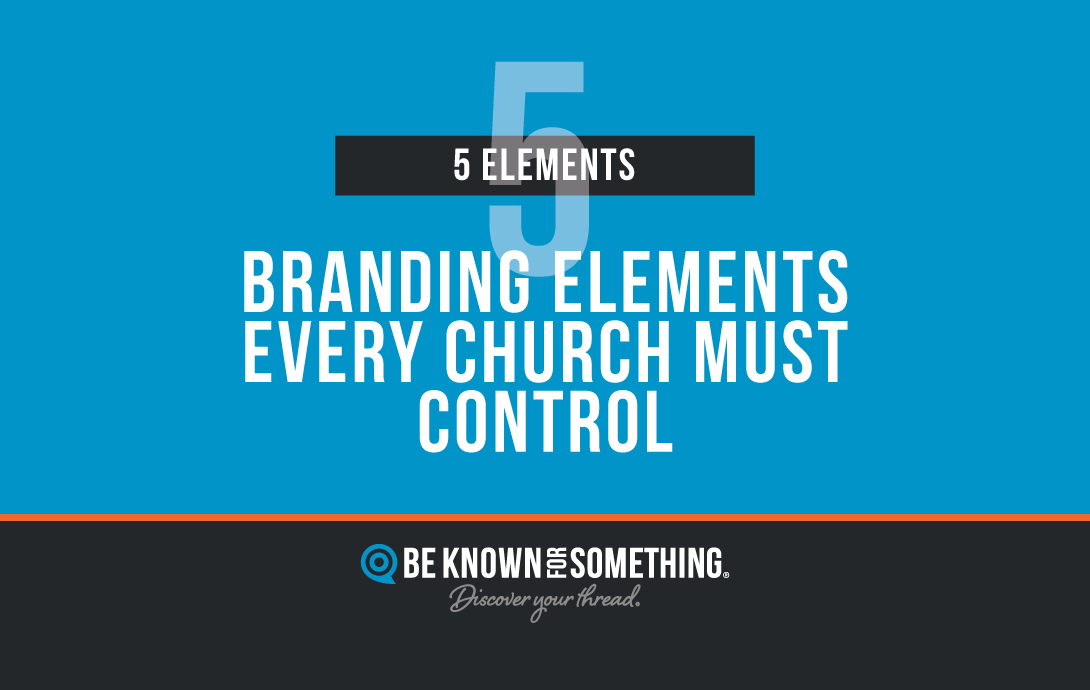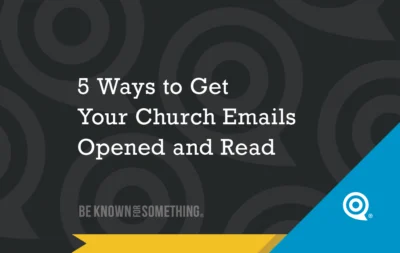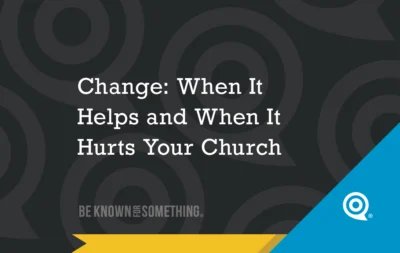
4 Practical Ways To Get Close To Your Audience
The other day I pulled up to a drive-thru speaker, paused to decide on my order, and heard a garbled

Understanding the required branding elements is the start of a church being known for something relevant and needed. If left uncontrolled, a church is known for being “just” a church. So, anyone in the community who’s not interested in a religious gathering place, will simply ignore the ministries and your external communication.
The 5 essential and required branding elements are:


The other day I pulled up to a drive-thru speaker, paused to decide on my order, and heard a garbled

Almost everyone checks email—the younger you are, and the older you are, the less you’ll rely on it. The challenge?

At the close of every season, wise leaders pause to reflect. They celebrate what’s been accomplished, identify what worked well,
We'll never spam you. Unsubscribe anytime.
